Home>Gardening & Outdoor>Landscaping Ideas>How To Tell If Grass Has Fungus
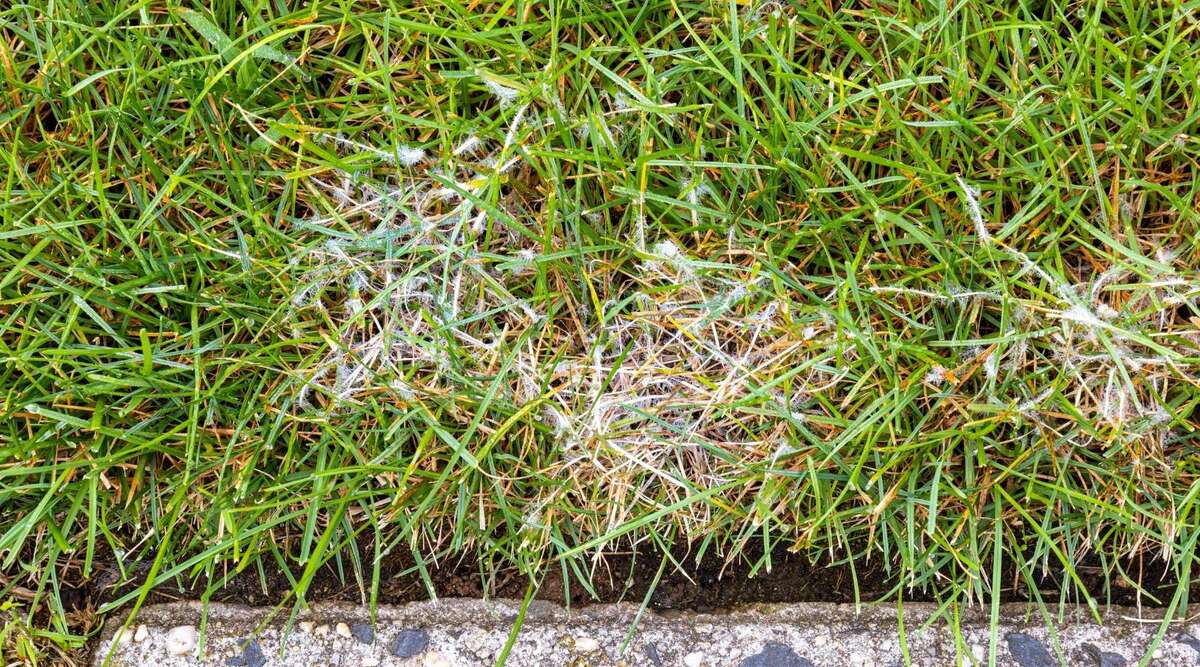

Landscaping Ideas
How To Tell If Grass Has Fungus
Modified: March 28, 2024
Learn how to identify and treat fungus in your lawn with our landscaping ideas. Keep your grass healthy and vibrant with our expert tips.
(Many of the links in this article redirect to a specific reviewed product. Your purchase of these products through affiliate links helps to generate commission for Storables.com, at no extra cost. Learn more)
Introduction
Welcome to the wonderful world of landscaping! As a proud homeowner, you’ve invested time, effort, and resources into creating a lush, vibrant lawn that adds beauty and value to your property. However, maintaining a healthy lawn isn’t always a walk in the park. One of the challenges that can plague even the most meticulously tended lawns is the presence of grass fungus. While it might not be the most glamorous topic, understanding how to identify and address fungal infections is crucial for preserving the health and appearance of your lawn.
Grass fungus, also known as lawn disease, can manifest in various forms, ranging from unsightly discoloration to widespread damage. Recognizing the signs of fungal infection and knowing how to prevent and treat it are essential skills for any green-fingered enthusiast. In this comprehensive guide, we’ll delve into the telltale indicators of grass fungus, explore the different types of fungal infections that can affect your lawn, and provide practical tips for both prevention and treatment. By the time you’ve finished reading, you’ll be well-equipped to keep your lawn thriving and free from the clutches of pesky fungal invaders.
Key Takeaways:
- Keep an eye out for patchy discoloration, unusual growth patterns, powdery residue, thinning, and ring-shaped patches to identify grass fungus. Prompt action is crucial for mitigating the damage.
- Prevent grass fungus by maintaining good air circulation, proper watering, regular mowing, appropriate fertilization, and using quality seed and turf. Swift treatment methods include fungicidal sprays, aeration, proper watering, overseeding, and seeking professional consultation.
Signs of Fungal Infection
Spotting the signs of a fungal infection on your lawn is crucial for taking prompt action to mitigate the damage. While the specific symptoms can vary depending on the type of fungus and the grass species, there are several common indicators that can alert you to the presence of a fungal infection.
- Patchy Discoloration: Keep an eye out for irregular patches of discolored grass. These patches may appear yellow, brown, or even grayish in hue, standing out starkly against the healthy green backdrop of your lawn.
- Unusual Growth Patterns: Fungal infections can disrupt the normal growth patterns of grass, leading to stunted or distorted blades. You might notice areas where the grass appears unusually thin, wilted, or misshapen.
- Powdery Residue: Some fungal infections produce a powdery residue on the grass blades, giving them a dull, dusty appearance. If you observe this powdery substance, it’s a telltale sign that your lawn is grappling with a fungal intruder.
- Thinning and Die-Back: As a fungal infection takes hold, affected areas of the lawn may experience thinning and die-back. This can result in bare patches and a general decline in the overall density of the grass.
- Ring-Shaped Patches: Certain types of grass fungus, such as the notorious “fairy rings,” manifest as circular or ring-shaped patterns of discoloration. These distinctive rings can range in size and are a clear indication of fungal activity.
It’s important to note that while these signs can point towards a fungal infection, they can also be attributed to other lawn issues such as nutrient deficiencies or improper watering. Therefore, it’s advisable to closely inspect the affected areas and, if in doubt, seek professional advice to accurately diagnose the problem.
Now that you’re familiar with the signs of fungal infection, let’s delve into the specific types of grass fungus that can wreak havoc on your lawn.
Types of Grass Fungus
Grass fungus comes in various forms, each with its own distinct characteristics and impact on the health of your lawn. Understanding the different types of grass fungus is crucial for effectively addressing and preventing their detrimental effects. Let’s explore some of the most common types of grass fungus that can afflict your lawn:
- Powdery Mildew: This type of fungus presents as a powdery white or gray coating on the grass blades, often thriving in humid conditions. Powdery mildew can hinder photosynthesis and weaken the grass, leading to stunted growth and discoloration.
- Brown Patch: Brown patch fungus typically emerges during warm, humid weather, causing circular patches of brown, wilted grass. It tends to target cool-season grasses such as fescue and ryegrass, spreading rapidly in favorable conditions.
- Dollar Spot: Characterized by small, silver-dollar-sized lesions on the grass blades, dollar spot fungus can result in extensive damage if left unchecked. This type of fungus thrives in warm, humid weather and can be particularly problematic for lawns with nitrogen deficiencies.
- Snow Mold: As the name suggests, snow mold is prevalent in cold, wet conditions, often appearing after snow cover melts. It can cause patches of matted, discolored grass and is commonly found in regions with prolonged snowfall.
- Fairy Rings: These intriguingly named fungal infections manifest as rings or arcs of discolored or unusually lush grass. Fairy rings are caused by various fungi and can lead to the formation of visible rings on the lawn, sometimes accompanied by the growth of mushrooms.
These are just a few examples of the diverse array of grass fungi that can take root in your lawn. Each type of fungus has its own distinct characteristics and thrives under specific environmental conditions. By familiarizing yourself with these different types, you’ll be better equipped to identify and address fungal infections before they wreak havoc on your meticulously maintained lawn.
Now that we’ve explored the types of grass fungus, let’s delve into essential strategies for preventing and treating these troublesome infections.
Prevention and Treatment
When it comes to combating grass fungus, a proactive approach is key. By implementing effective prevention strategies and knowing how to treat fungal infections, you can safeguard the health and vitality of your lawn. Let’s explore some essential tips for both preventing and addressing grass fungus:
Prevention
Preventing grass fungus is often more manageable and cost-effective than treating an established infection. Here are some preventive measures to help keep your lawn fungus-free:
- Maintain Good Air Circulation: Ensure that your lawn receives adequate air circulation by avoiding excessive thatch buildup and promoting healthy soil aeration.
- Proper Watering: Water your lawn deeply and infrequently to discourage fungal growth. Watering in the morning allows the grass to dry during the day, reducing the risk of fungal infections.
- Regular Mowing: Keep your grass at an optimal height for its specific species, as this promotes vigorous growth and helps prevent fungal outbreaks.
- Appropriate Fertilization: Apply fertilizers in accordance with the specific needs of your grass type, avoiding excessive nitrogen, which can make the lawn more susceptible to certain fungal infections.
- Quality Seed and Turf: Start with high-quality grass seed or turf to establish a resilient lawn that is better equipped to resist fungal attacks.
Read more: What Is Grass Fungus
Treatment
If you suspect that your lawn is grappling with a fungal infection, swift action is essential. Here are some effective treatment methods for addressing grass fungus:
- Fungicidal Sprays: Selective application of fungicidal sprays can help combat established fungal infections. It’s important to choose a product specifically formulated for the type of fungus affecting your lawn.
- Aeration and Dethatching: Improving soil aeration and reducing thatch can help create unfavorable conditions for fungal growth, aiding in the recovery of the lawn.
- Proper Watering and Drainage: Adjust your watering practices to ensure that the lawn receives adequate moisture without promoting fungal proliferation. Additionally, addressing drainage issues can help prevent future infections.
- Overseeding and Reseeding: Rejuvenate affected areas by overseeding with disease-resistant grass varieties or reseeding if the damage is extensive.
- Professional Consultation: If the fungal infection persists or is particularly severe, seeking guidance from a lawn care professional can provide valuable insights and tailored solutions.
By implementing these preventive measures and treatment strategies, you can fortify your lawn against fungal infections and take effective steps to restore its health and vibrancy.
Look for discolored or dead patches of grass, fuzzy growth on the blades, or a musty odor. These are signs that your grass may have a fungal infection.
Conclusion
Congratulations! You’ve now gained valuable insights into the world of grass fungus and how to effectively manage and combat these pesky invaders. By familiarizing yourself with the signs of fungal infection, understanding the diverse types of grass fungus, and learning essential prevention and treatment methods, you’re well-equipped to maintain a thriving and resilient lawn.
Remember, a healthy lawn is not just a testament to your landscaping prowess, but also a welcoming outdoor haven for relaxation and recreation. By staying vigilant for signs of fungal infection, implementing proactive prevention measures, and taking swift action to address any issues that arise, you can ensure that your lawn remains a source of pride and beauty.
As you continue your landscaping journey, don’t hesitate to tap into the wealth of resources available, from expert advice to innovative lawn care products. Whether you’re a seasoned green thumb or a budding enthusiast, the quest for a vibrant, fungus-free lawn is a rewarding endeavor that brings joy and satisfaction.
So, go ahead, step out onto your lush, healthy lawn, take a deep breath of fresh air, and revel in the natural splendor you’ve nurtured. With your newfound knowledge and a touch of proactive care, your lawn will flourish, providing a picturesque backdrop for cherished moments and creating lasting memories for years to come.
Here’s to a lawn that’s as resilient as it is beautiful, and to your unwavering dedication to creating an outdoor oasis that’s truly a sight to behold!
Frequently Asked Questions about How To Tell If Grass Has Fungus
Was this page helpful?
At Storables.com, we guarantee accurate and reliable information. Our content, validated by Expert Board Contributors, is crafted following stringent Editorial Policies. We're committed to providing you with well-researched, expert-backed insights for all your informational needs.
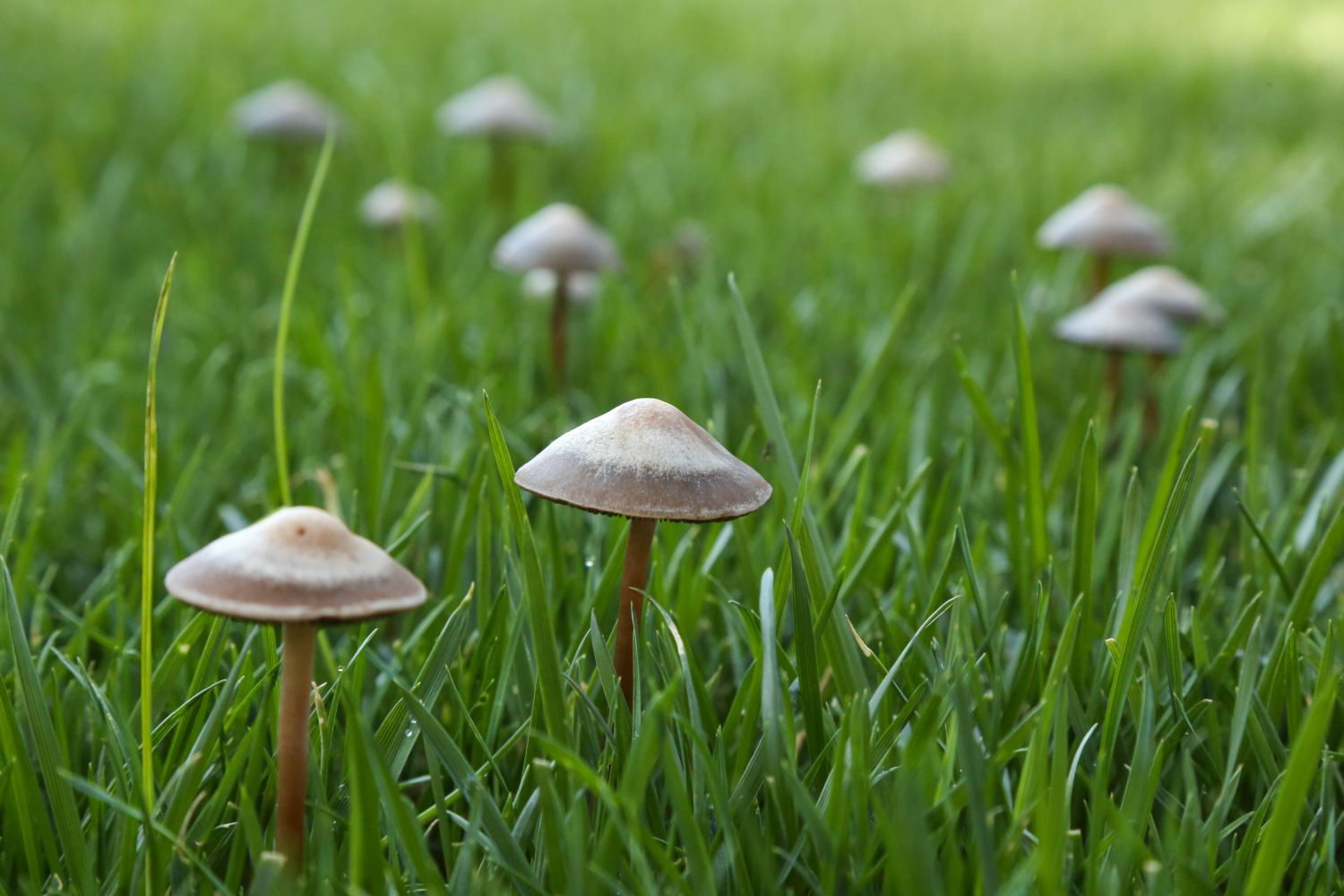
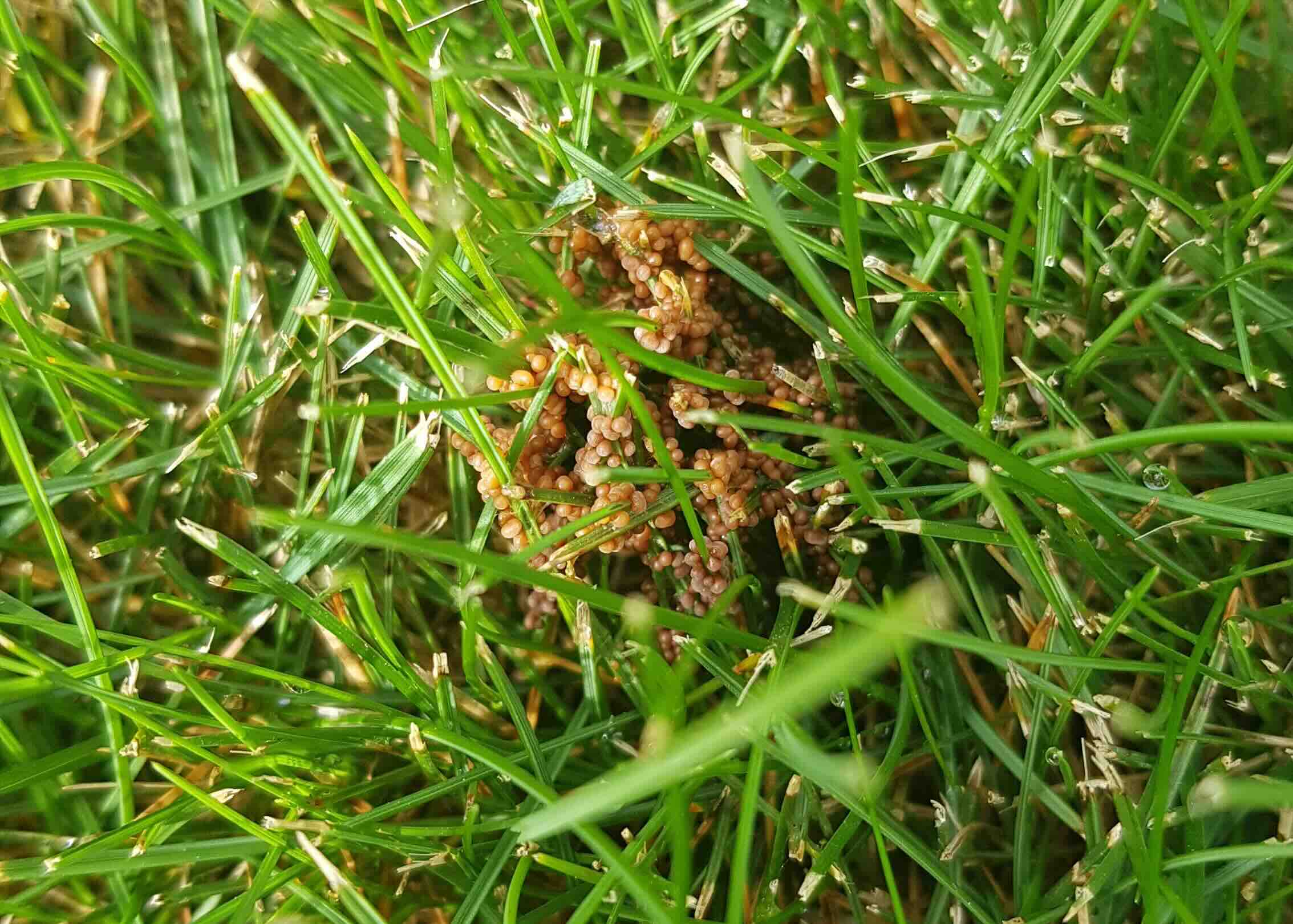
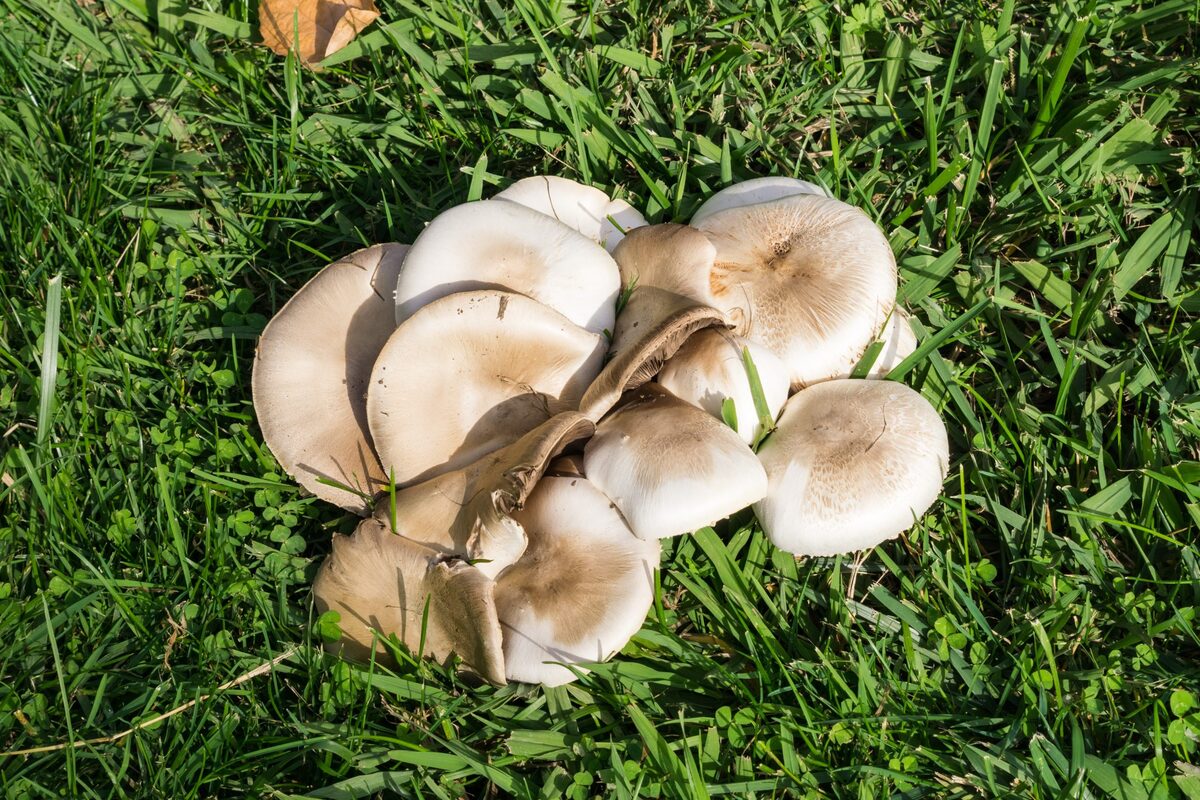
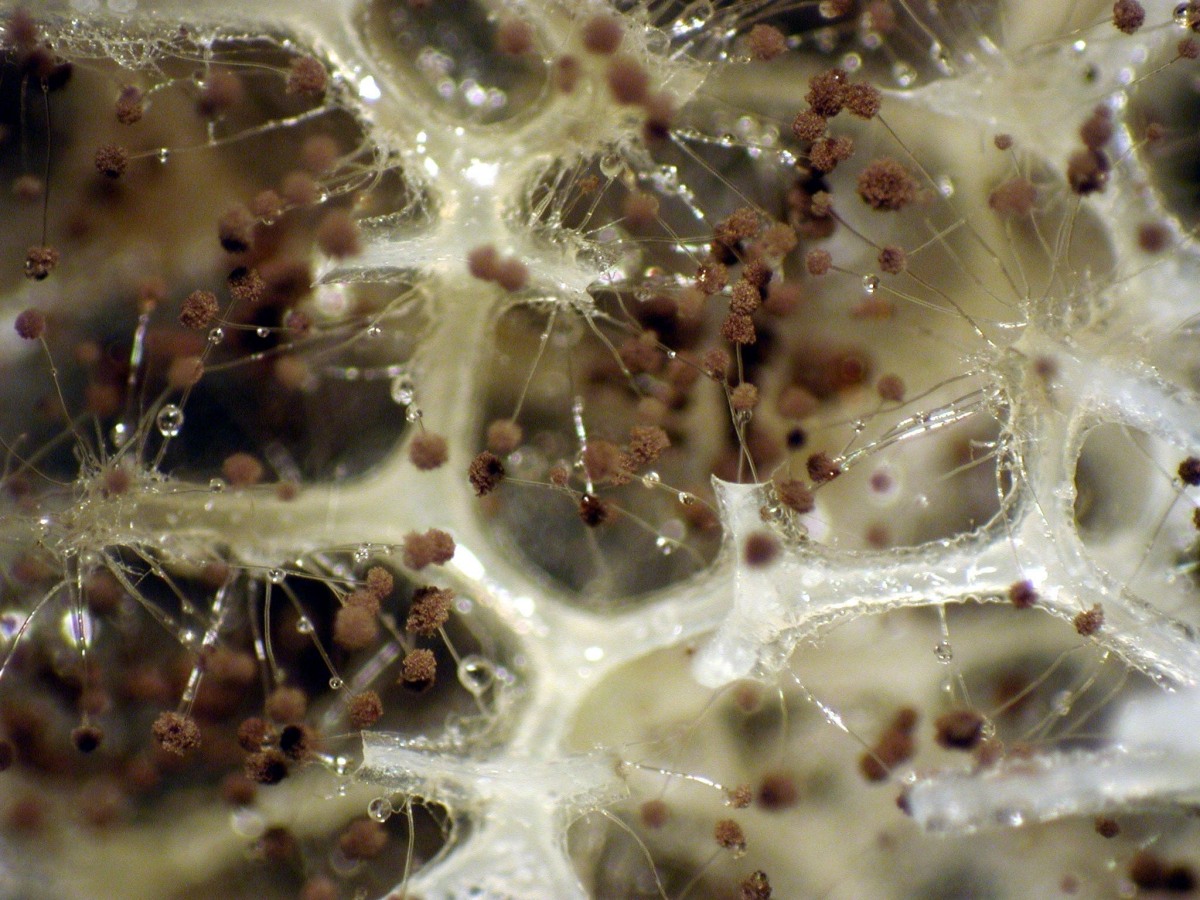
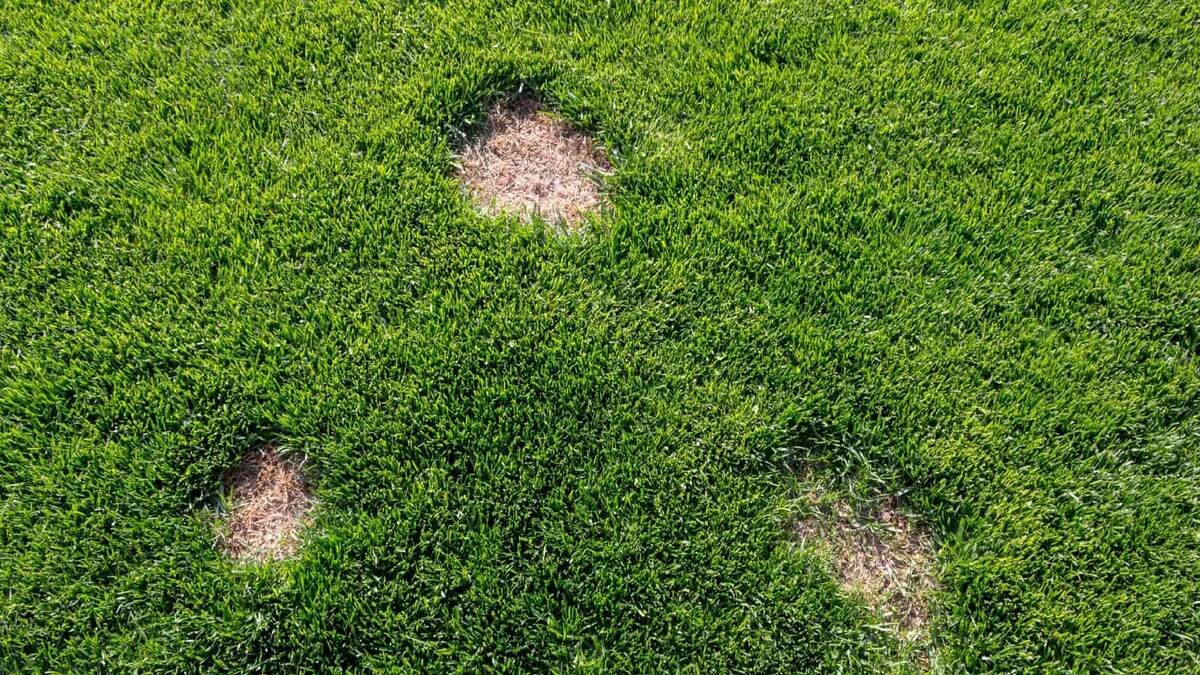


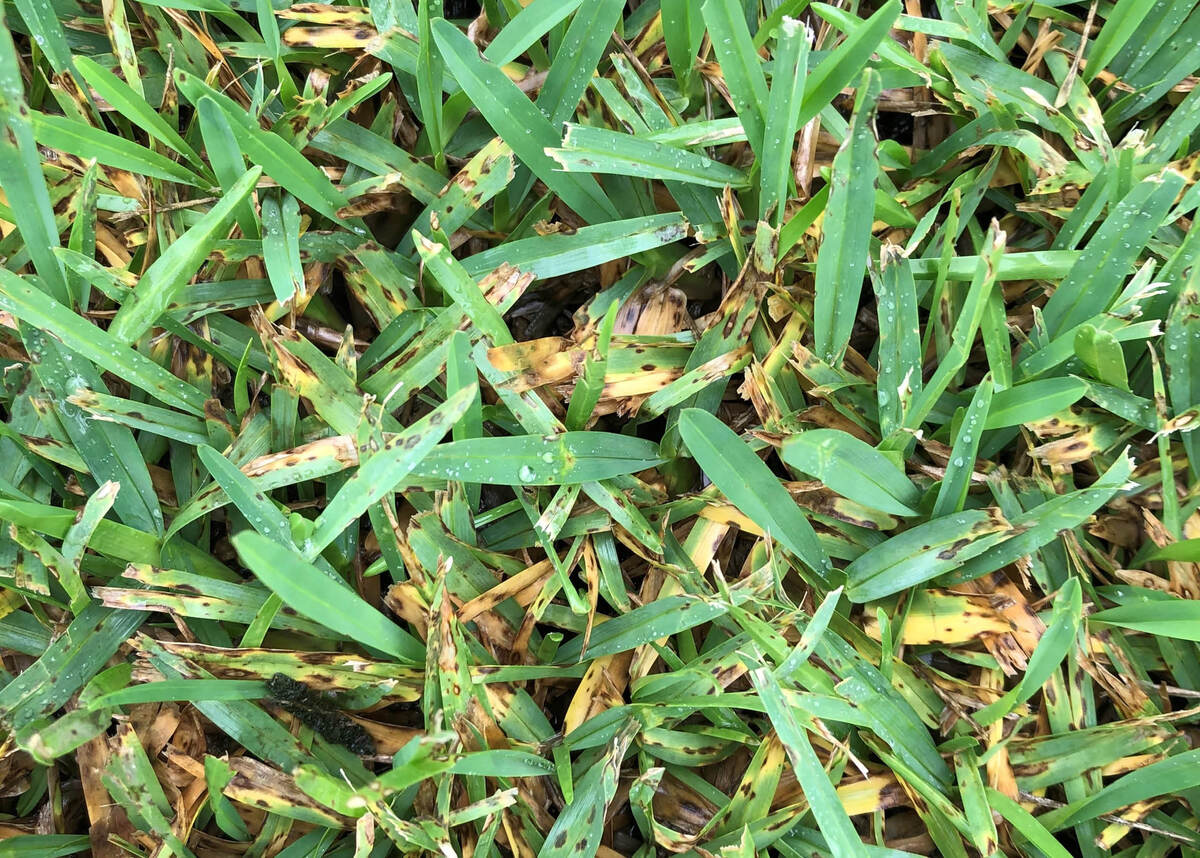

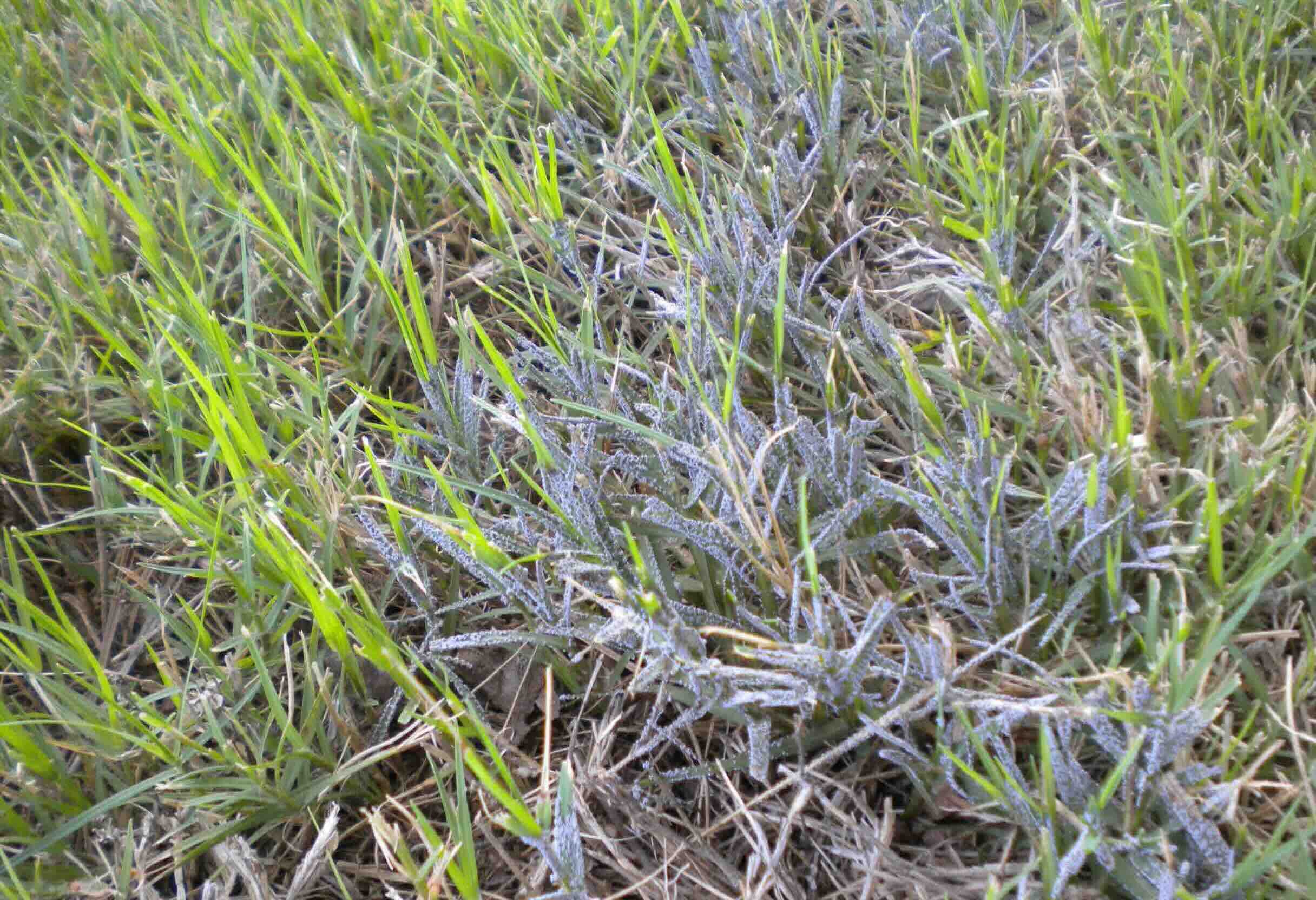



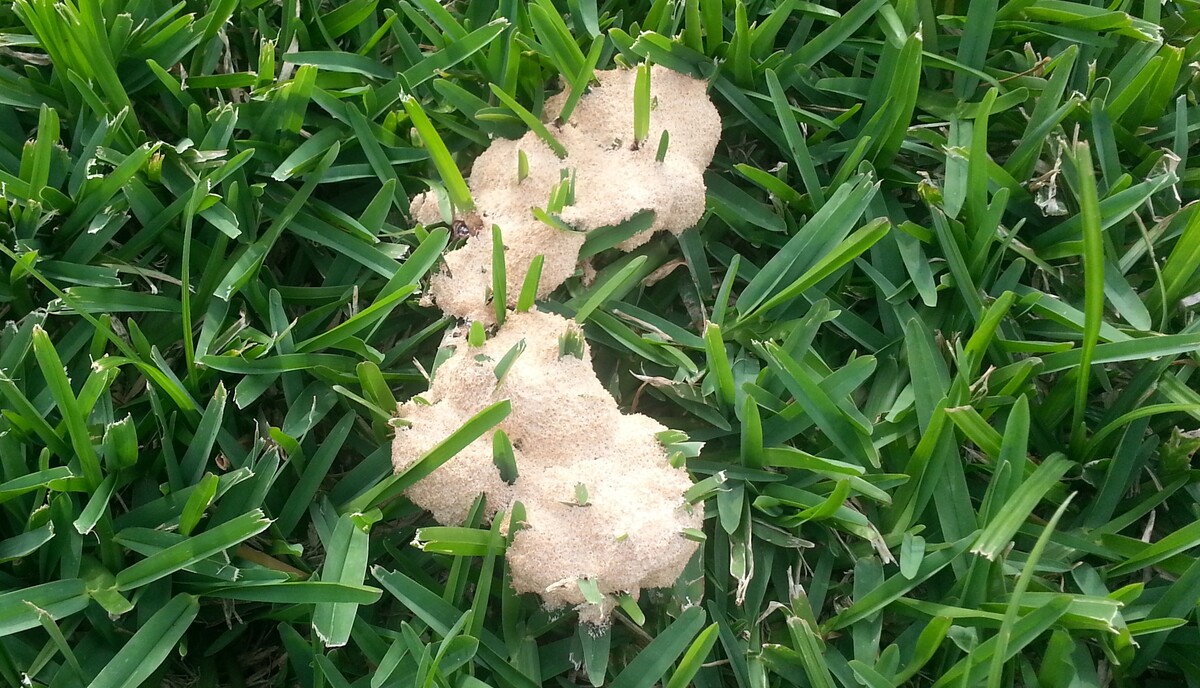

0 thoughts on “How To Tell If Grass Has Fungus”